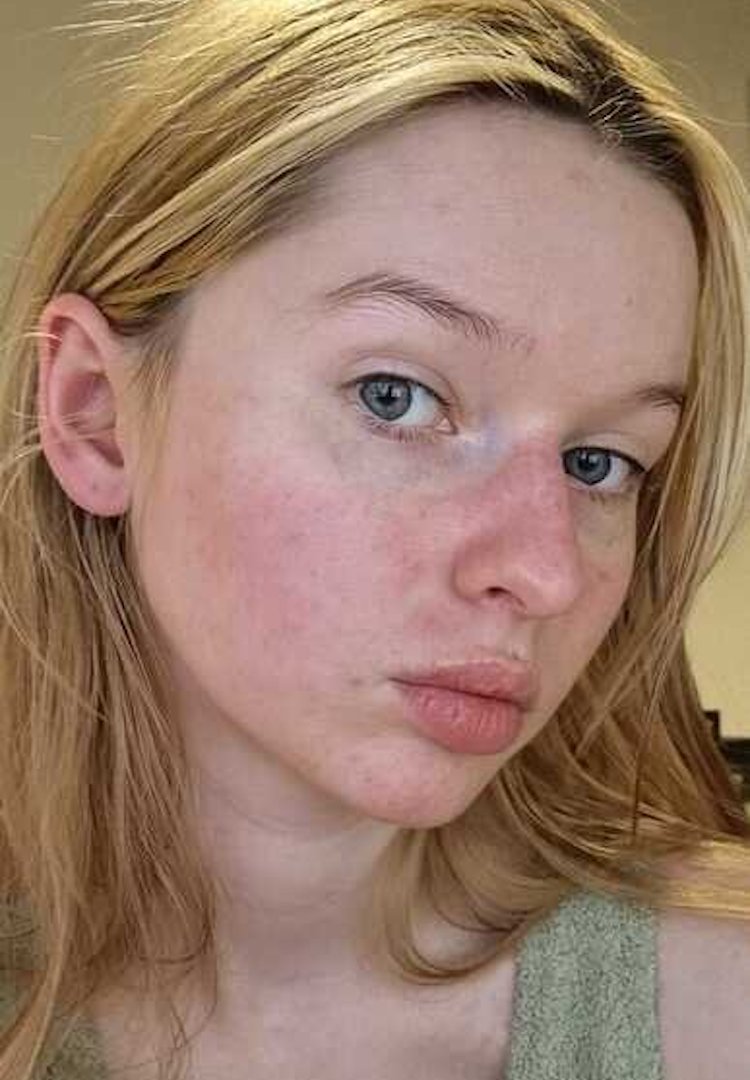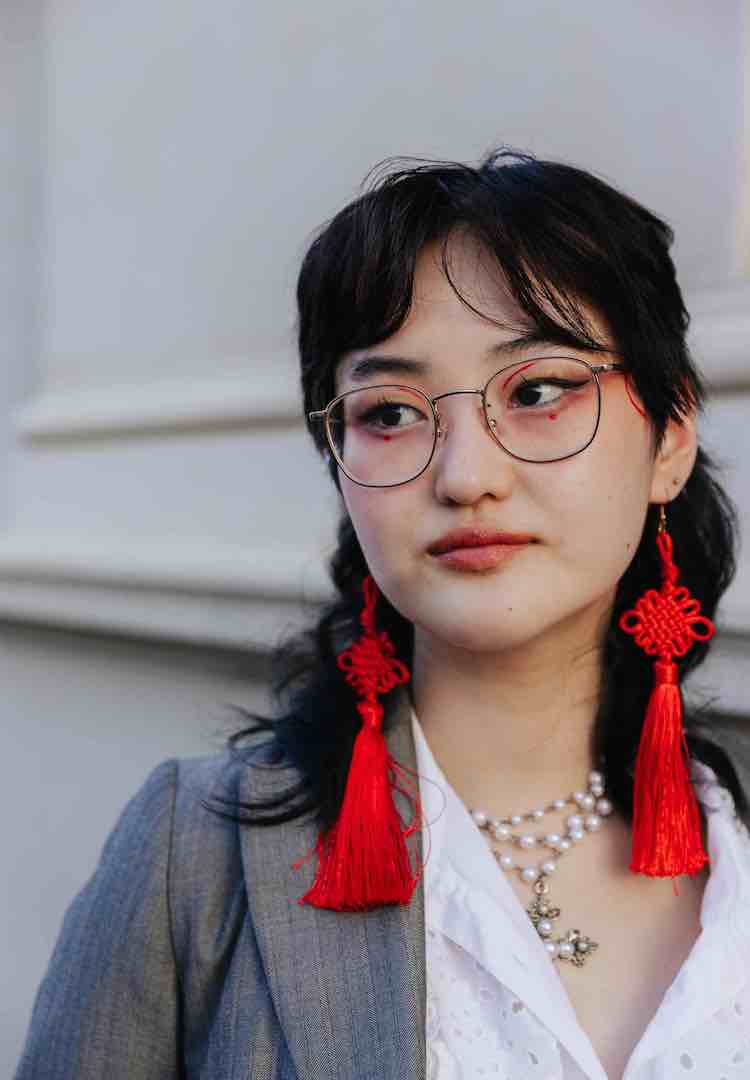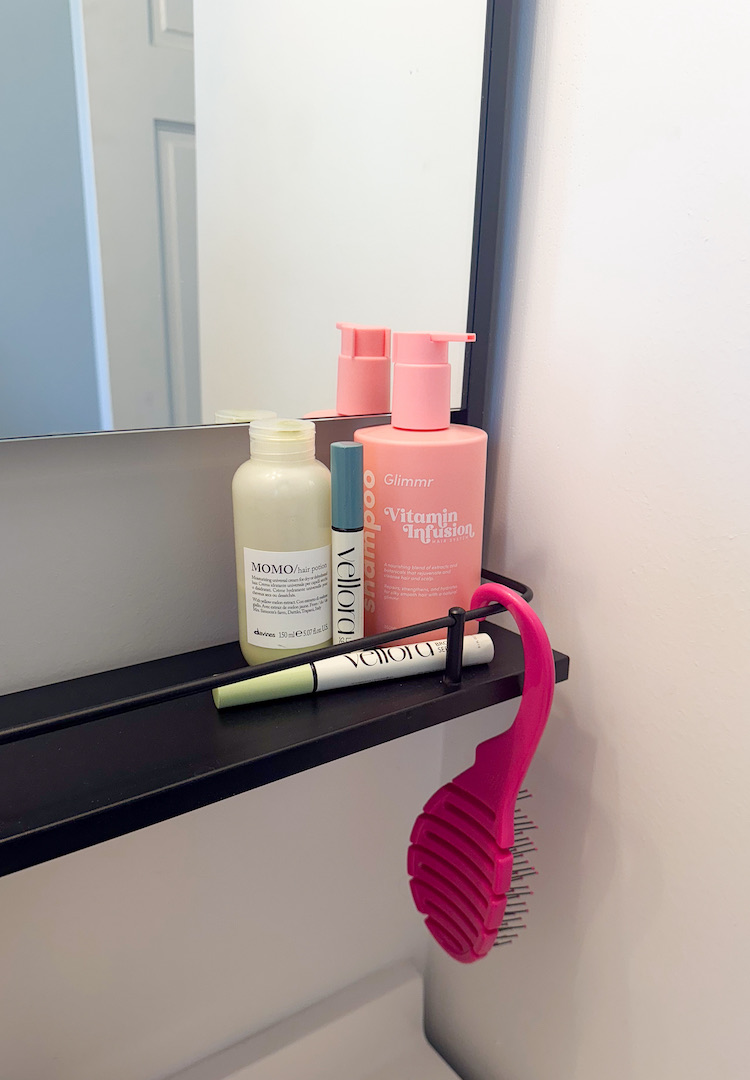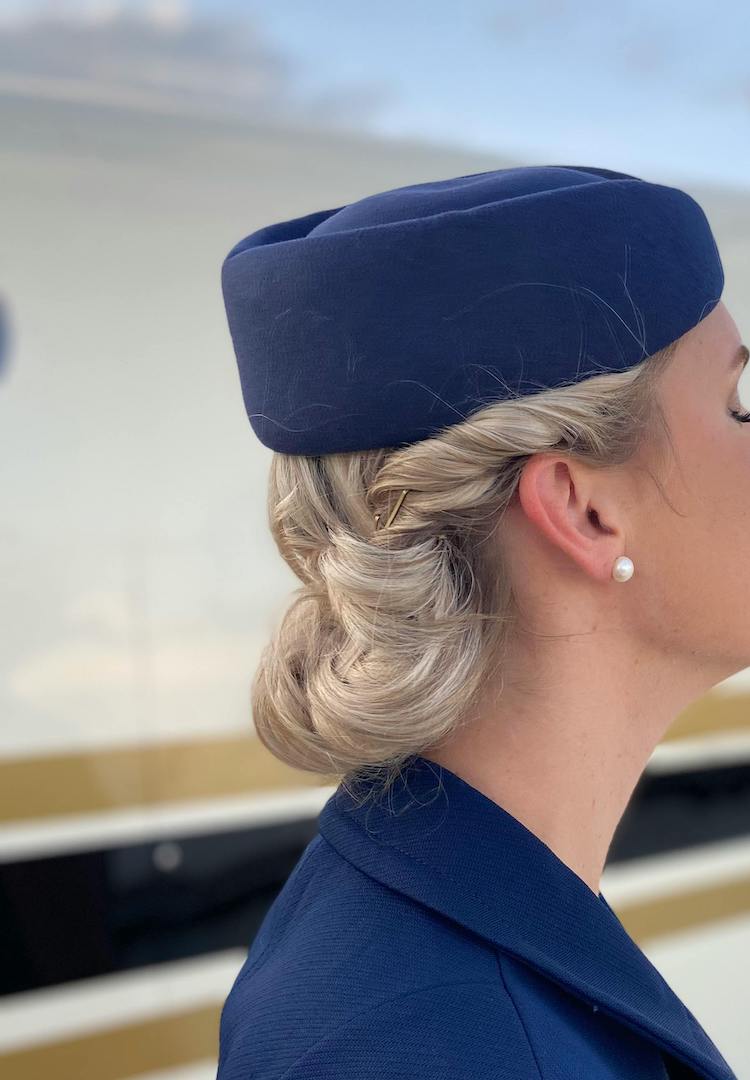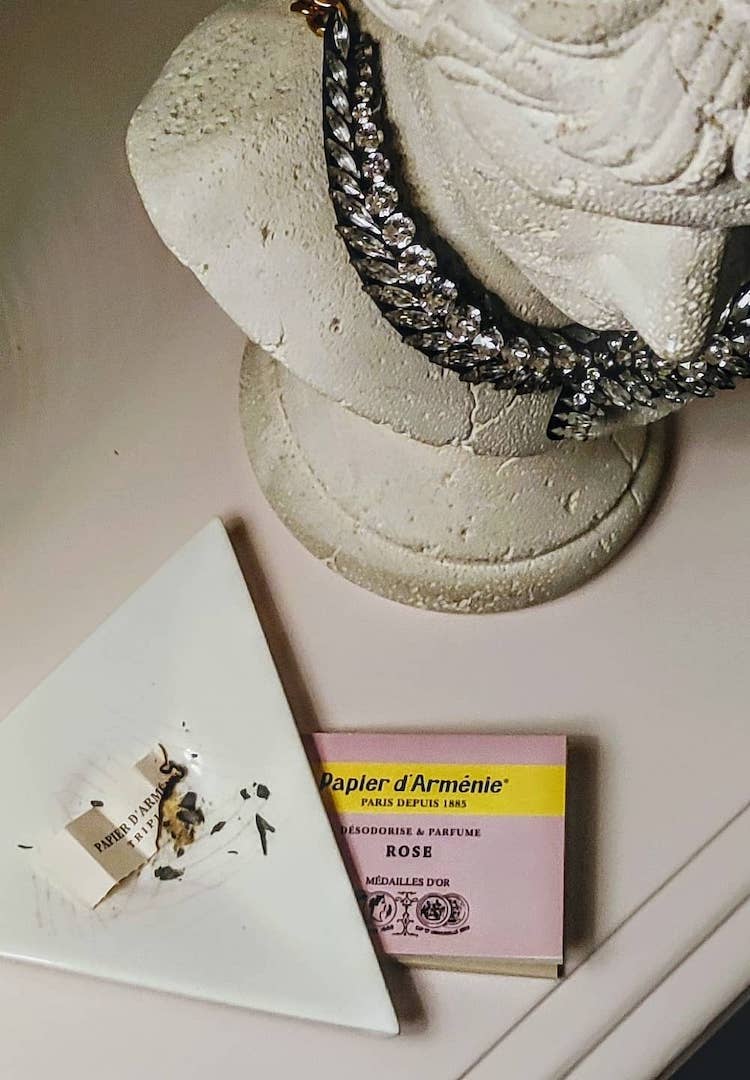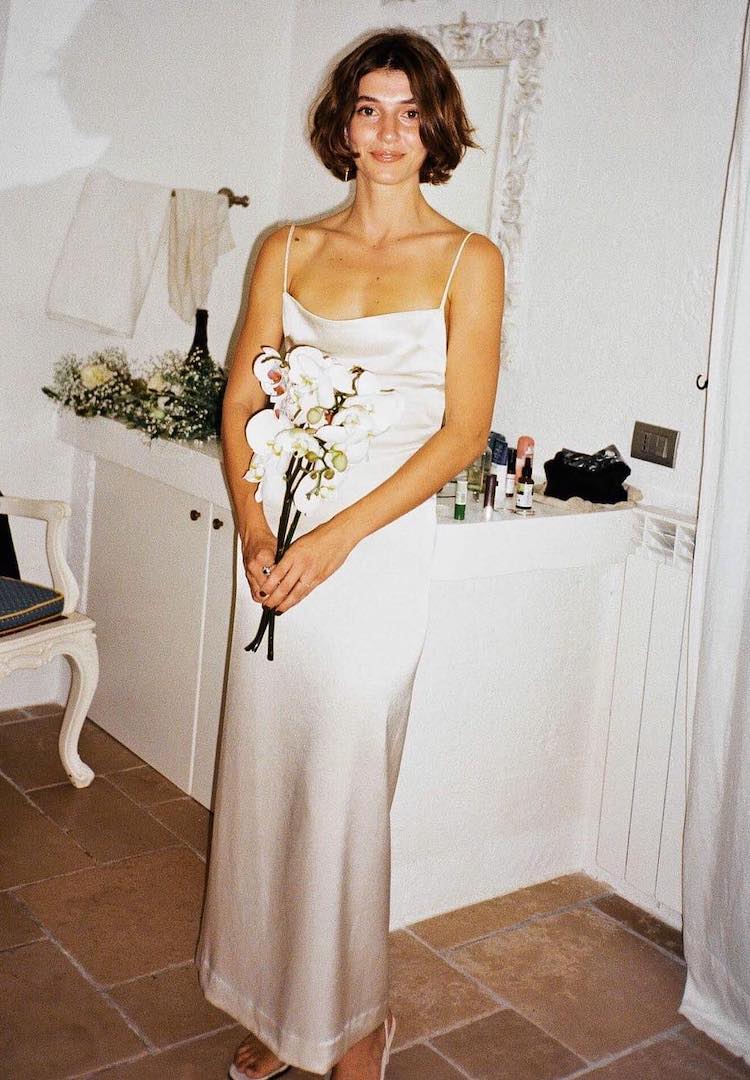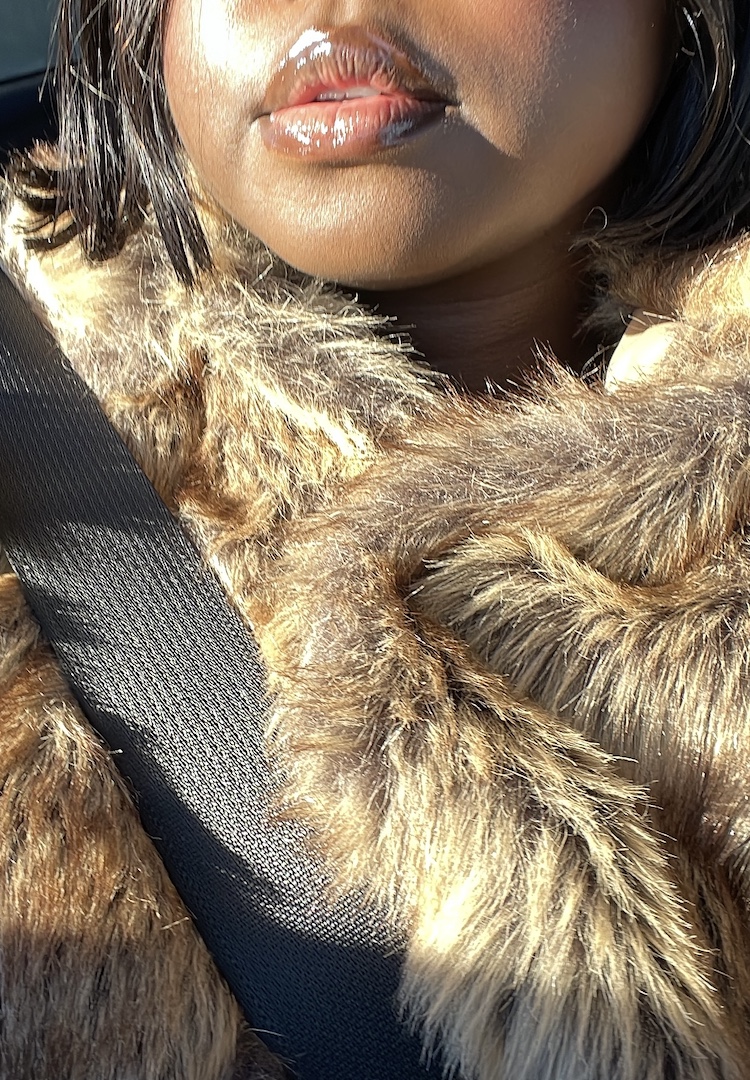I challenged myself to wear traditional Chinese makeup for a week, here’s what I learnt
PHOTOGRAPHY BY LIZ SUNSHINE
WORDS BY JACKIE ZHOU
Taking inspiration from China’s Six Dynasties era, Peking opera and the Tang Dynasty.
From grainy and smudged Kmart mascara in my early high school years to graphic liner at my hospitality job, makeup has always been my weapon against societal expectations of me. Being Chinese-Australian, it’s typically expected for girls to wear natural makeup that flushes the cheeks, opens up the eyes and whitens the skin.
But after having my gender epiphany during Melbourne’s lockdowns, I started using makeup as a way to show my indifference to these stereotypes. Instead, I use it as a way to stimulate my creativity without hating the things I create. If I don’t like what’s happening on my face, I’ll just wipe it off and pretend nothing happened.
Looking for more makeup recommendations? Head over to our Beauty section.
After seeing people who look like me in spaces I always wanted to be in, I realised the importance of representing my culture (that I felt so detached from) in this modern age. When I was invited to attend a local fashion week, I became determined to proudly wear cultural elements in a space that predominantly adheres to Eurocentric standards.
My first challenge was wearing elements of my culture without making it feel like cosplay. I know that sounds silly but I, and many other members of the Asian diaspora, have found wearing traditional clothing in Western society can feel like wearing a costume.
Respecting the history behind these cultural pieces was something I made sure I was keeping in mind. Wearing a qipao (or its many misinformed fast fashion counterparts) to the club, for example, would feel disrespectful to Chinese culture. The qipao was originally made for covering the body down to the ankles and then later worn for women’s liberation, a protest against harmful gender norms such as foot binding.
Clothing and its meaning can, of course, change over time. But to appreciate – not appropriate – these styles, we need to respect their history. Supporting artists from these communities is a way to do this. I navigated this by wearing Chinese knot earrings by Chinese-American artist Brenda Chi. Her art focuses largely on Chinese culture and her experiences in engaging with it in White spaces.
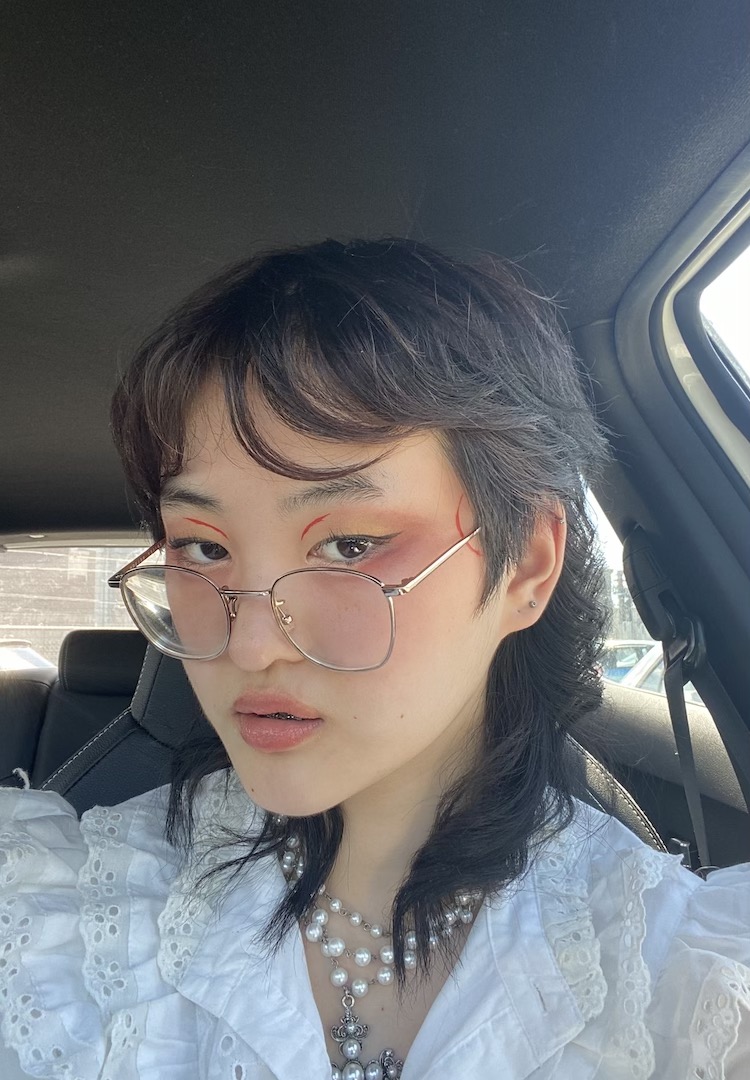
I then tried to figure out how to incorporate traditional Chinese makeup styles and techniques in a modern context. I drew inspiration from the women from the Tang Dynasty and used heavy blush as part of a popular look known as peach blossom makeup.
I also included the colour red throughout my makeup look. It’s such an important colour in many Asian cultures and is thought to bring luck and prosperity to the wearer. I arranged red crescent shapes on my temples, similar to how the women in China’s Six Dynasties era would.
These crescent shapes are called Xie Hong and are supposed to resemble the crescent-shaped facial scars of an Emperor’s spouse. I loved hearing about how, allegedly, facial scars were transformed into beauty marks. I found something kind of symbolic in it.

The next look was inspired by Peking opera makeup. Red blush dramatically painted on the eyelids and down the nose and cheeks is common for the Dan, also known as the female roles in opera. I took some red eyeshadow from my eyes and swiped it down my nose. It was totally an average look for a casual train ride into the city.
Children stared at me but it was okay because it was camp, right? This look felt a bit more like cosplay, but it was important to me that I paid homage to the Chinese arts.
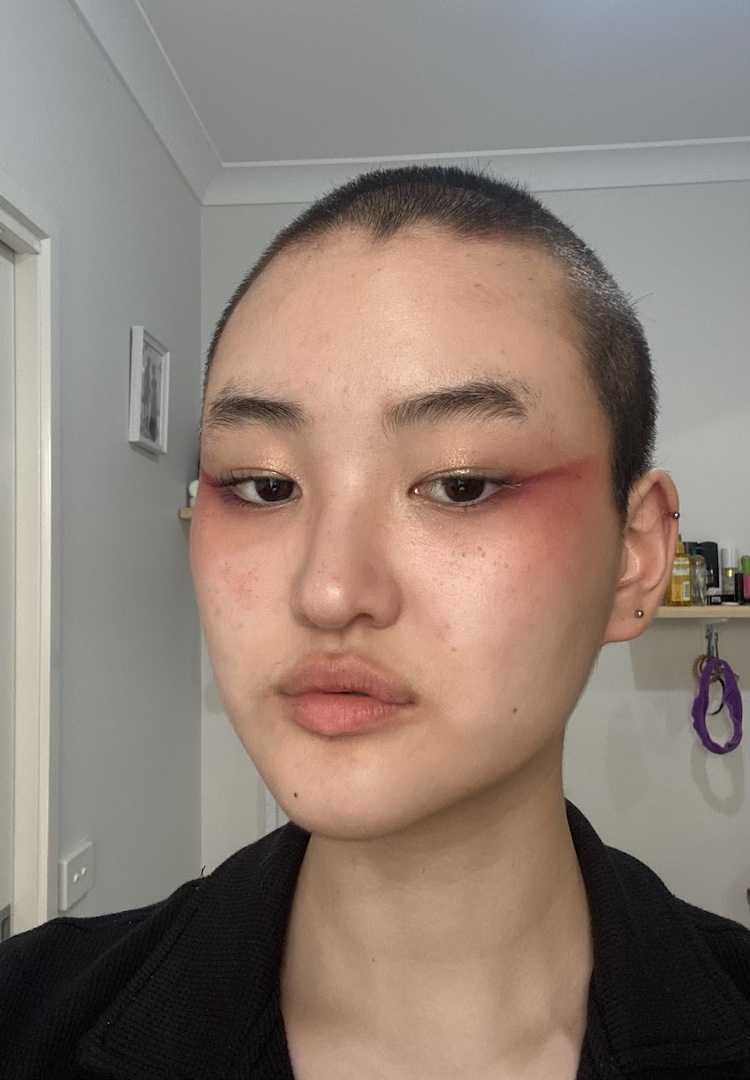
My last look took similar inspiration but I focused my attention on my cheeks. I swapped out a fashion show for a World’s Greatest Shave fundraiser I co-hosted where I shaved my head. While I was losing such a huge part of my feminine identity, I found solace in my makeup. Every day, I’m so grateful to be given the freedom to showcase my love for the spaces I’m in while paying homage to a culture I hope to never lose my connection to.
This article was originally published on March 16, 2023.
To learn more about Asian beauty standards, read this.

